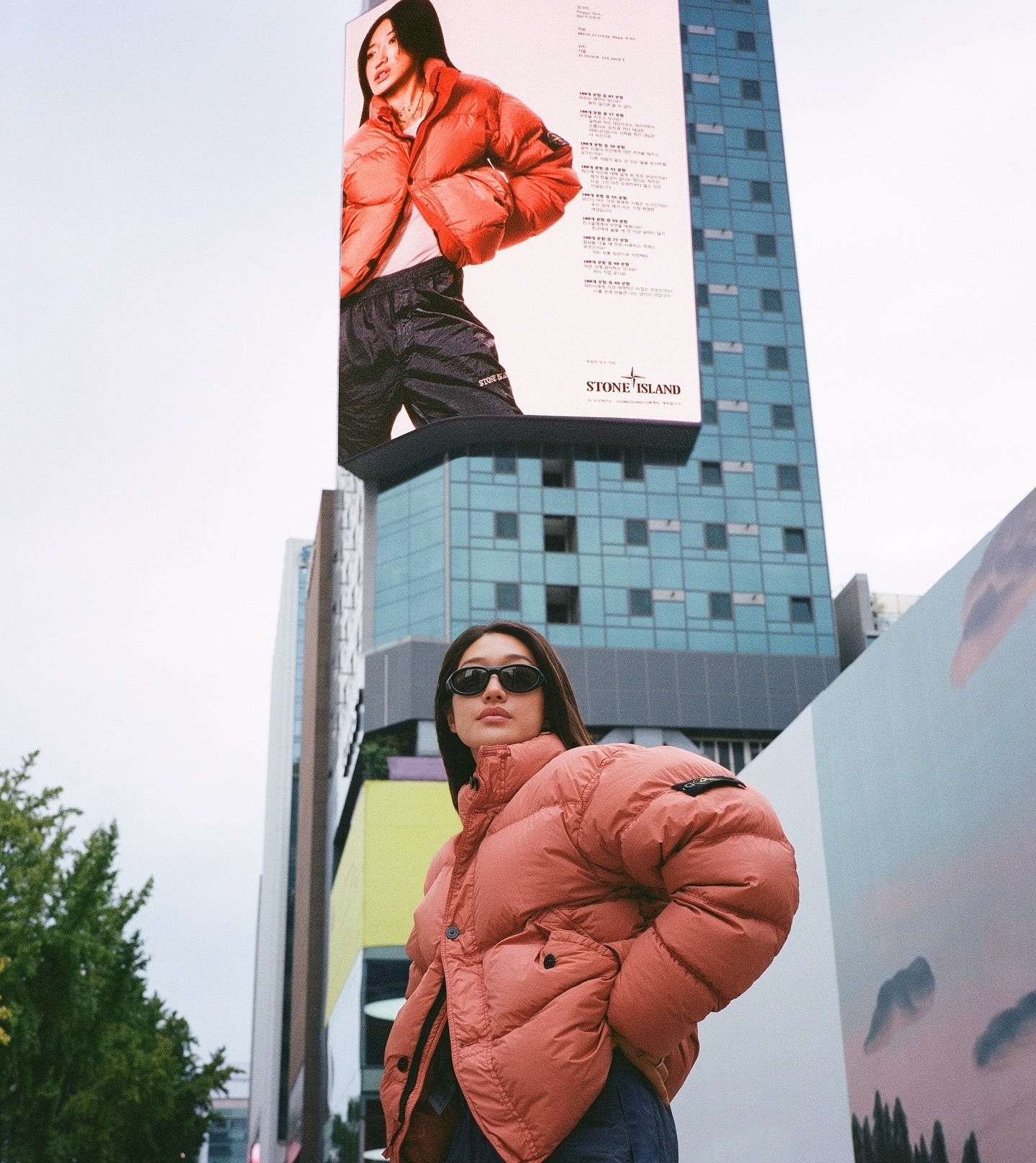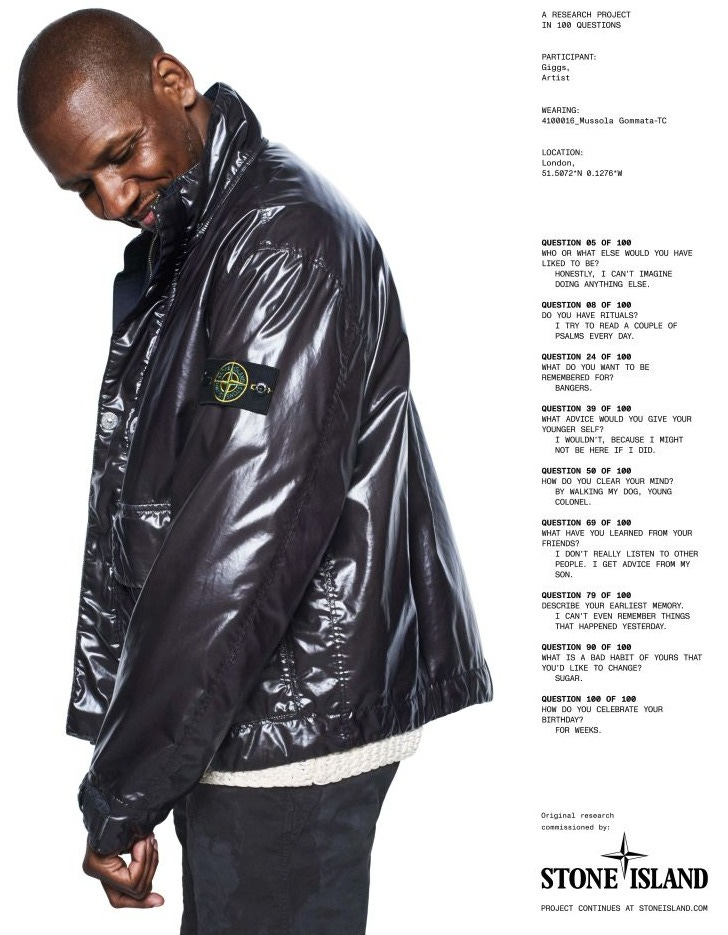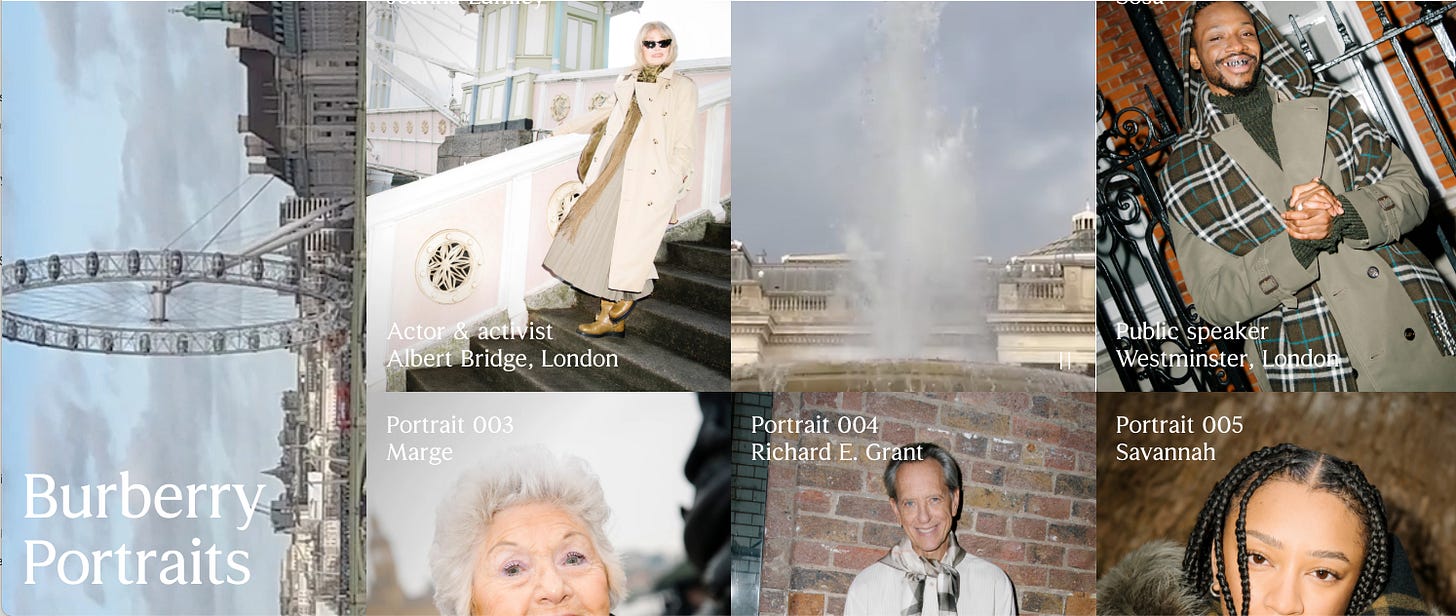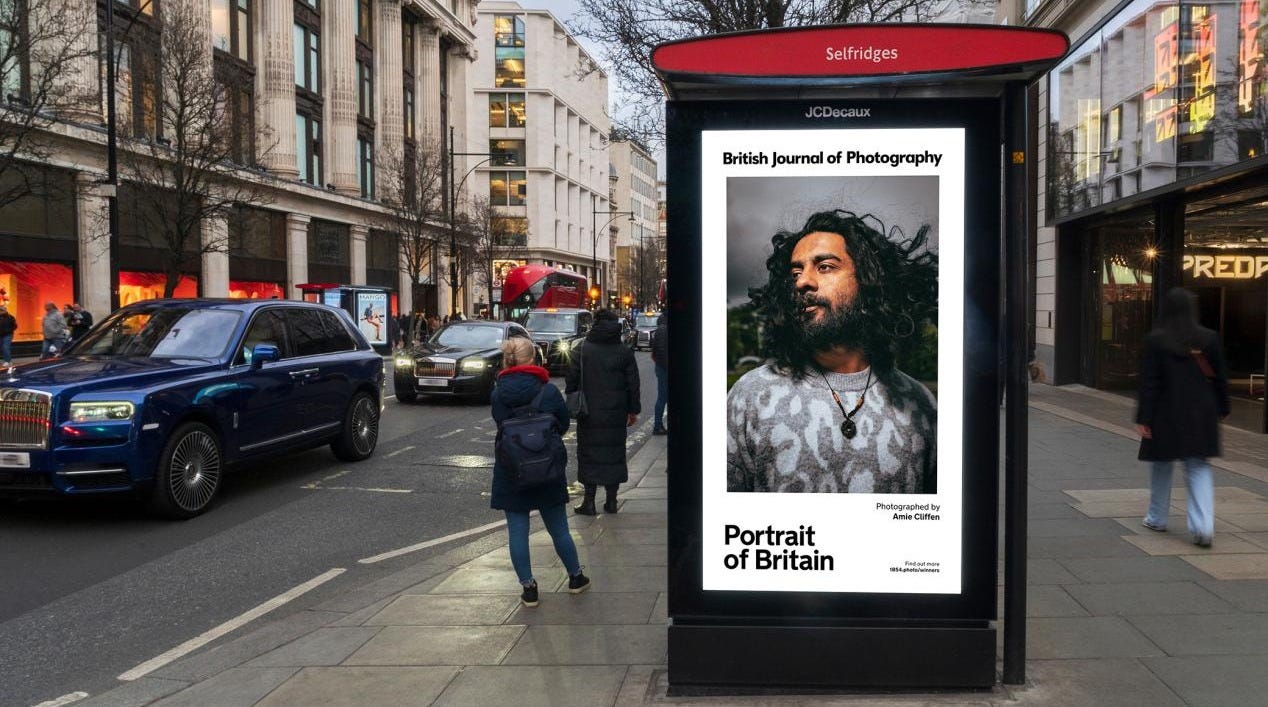Ideas We Love: Community as a Form of Research
Issue Number 41: Stone Island brings its community of devoted fans to the fore
Hi, how are you? It’s nearly February. How did that happen?
This week we write a love letter to Community as a Form of Research, a campaign by Italian clothing brand Stone Island. Despite neither of us being customers, Stone Island is a brand we often find ourselves talking about. It would be easy - and unfair - to dismiss Stone Island as the uniform of Football Hooligans and roadmen. Its a reputation we’re sure many, especially in London, will associate with brand.
The story of the brands conception and subsequent development is fascinating. Founded in 1982 by Italian designer Massimo Osti, it’s name is derived from the seafaring tales of author Joseph Conrad and the (in)famous compass badge, which adorns the side of it’s garments, is meant to evoke a spirit of adventure and exploration. HQ’d in Raverino in Italy, Stone Island counts some of the world’s biggest names in automotive - Ferrari, Maserati and Lamborghini - as neighbours. Proximity to these companies and not the luxury fashion brands native to the north of country has influenced the brand’s approach and sensibililty. Carlo Rivetti, the company’s president, has said that this influence means the brand works more like an engineering business than a fashion business.
Stone Island’s roots lie in fabric innovation and this tradition continues to guide the design philosophy of the company to this day. It has been pioneering in the use of fabrics (including Kevlar and stainless steel) and proprietary colour technologies. Famously it manfacturers the majority of its garments in white, only dying them after they have been assembled. This means that each piece is slightly different and will age and patina in it’s own unique way. Accordingly, there is a massive secondary market for discontinued lines.
As a result of their use of materials and a distinct, utilitarean aesthetic, the brand has gained cult status amongst a community of die-hard fans. It appeals broadly, across generational divides and has long been associated with figures within music, sport and design. Unlike Burberry, who have struggled with the ‘boom and bust’ of cultural appropriation, Stone Island has remained utterly steadfast in their commitment to the principles and values on which the brand is based - never shying away from the people who have chosen to adopt the ‘badge’ as their own.
The Idea: Community as a Form of Research 🧭 🧥
Launched to promote the Spring-Summer ‘24 range and recently updated to support Autumn-Winter ‘24/25, Community as a Form of Research is a brand idea which places the breadth of Stone Island’s ‘community’ of fans at the centre of it’s marketing efforts. This is in stark contrast to the brand’s previous approach which used a consistent cast of nine male models.
The campaign showcases product - both new and old - modelled by brand loyalists such as Liam Gallagher, Phillipe Starck, Jason Statham, Dave, Giggs, Jalen Green, Kim Jones and Peggy Gou. These people have been chosen because of their long-standing relationship to the brand. They are customers and fans of the brand, not hired help. Each of them has been photographed by David Sims and asked a series of questions set by curator extraordinaire and director of The Serpentine Hans Ulrich Obrist, the answers to which appear in the campaign content as well.
In addition to these portraits, the brand also released a short film - The Compass Inside - which brings Stone Island’s ethos and manifesto to life by telling the story of the people who wear and make the brand’s clothing.
Why we love it 💕
Now, we realise that on the face of it that all sounds very simple. But sometimes simple is good. And the more time we spend thinking about this idea, the more we like it for the breadth of strategic opportunities it helps the brand take advantage of.
#1. Collaboration as a ‘permission bridge’ 🤝
The use of celebrity ‘faces’ in fashion and fragrance advertising is nothing new or remarkable. What we like here is how the brand has lent into their base of famous fans and featured not just one or two of them - but a wide range of them. This in turn allows the brand to start to advertise to consumers who may have dismissed the brand as ‘not for them’ or within new contexts in media (leveraging the fame of the contributor as a designer or DJ, for example). The diversity of people on display is also important - allowing the brand to subvert some of the negative tropes of fashion advertising - but also to tackle any negativity about who the ‘typical’ Stone Island wearer might be.
#2. Global > Local 🌎
Further to the point above about communities of interest, the other benefit of this idea is how the talent allows the brand to show up in specific geographies. This is a big, consistent global brand approach which has the scope to flex brilliantly at a local level, dialling up the right talent in the right place for both maximum relevance but also maximum reach via social and earned too. Below is a video of the work that Stone Island have done with Global Street Art to place a mural version of the Liam Gallagher advert in the heart of Manchester - a topic which he references in his interview for the campaign.
#3. Range & Repertoire ✂️
Across the spread of different ‘interviews’ - we see a wide range of Stone Island product on display. Each member of the community has been shot wearing different pieces, allowing the brand to showcase both the new clothes that will shortly be hitting the shelves, but also the old - decking out the models in hard to find archived pieces from their back catalogue. At once this campaign is able to drive demand for new sales but also enhance the mystique that surrounds those rare ‘grail’ pieces that obsess the fanboys and girls.
#4. There’s value in volume 🤑
This campaign is what our friend Landy might describe as a ‘doughnut’ of an idea- a creative idea that has a consistent wrapper, which gives you the opportunity to put new ‘fillings’ into it. That means you can afford to be less concerned with whether individual executions get sufficient media weight and instead can focus on building frequency across a wide range of creative executions, free from the fear that ‘it won’t cut through’ or get attributed to the brand.
What we’d love to do with this idea 💕
Stone Island have sweated this idea extensively already - across OOH and Print advertising, through playlists utilising their talent as curators and in the creation of long-form films. Free from the burden of time, money or client approval - what might we do with this campaign idea?
#1. Materiality in media 📖
Given how central fabric technologies and materiality are to the Stone Island brand, there is a clear opportunity to transpose that expertise into media. Within channels like Print or OOH, there is a clear opportunity to play with the use of paper technology or printing techniques, bringing the approach to product into the brand’s promotional efforts.
#2. Contextual in Culture 🎤 🎥
The use of talent in this way gives Stone Island nearly limitless opportunities in the next 12 months and beyond to show up in popular culture in a contextually relevant way. Take Liam Gallagher and the Oasis reunion for example. How should Stone Island be using their association as an opportunity to broaden their reach and appeal and embed themselves further into the culture around his music? Given the deep roots each of the contributors to the campaign has within their own respective cultural space, the opportunities for reactive and tactical communication to cement the ‘community’ are limitless.
#3. Giving volume to voices 🎼
The brand manifesto at the end of The Compass Inside that is narrated by Dave, as well as the text from the various interviews conducted as part of this campaign provide you with loads of opportunities for audio advertising. How might you take the famous voices and their stories and transpose that into a space like audio advertising on Spotify or even Youtube? Similarly, take the text and run this in isolation to - spread the words into spaces like Tube Car Panels. In this environment consumers have the time to sit, read and absorb the content from this series of interview.
If you liked this, you’ll love 💕
If you like Community as a Form of Research, what else might your draw some inspiration from?!
#1. Burberry Portraits ☔️ 🧥
Burberry’s new Portraits segment - which launched on their website and via their social channels just last week - sees the British Outerwear stalwart interview their customers. Somme clear parallels between this and the Stone Island campaign 👀… though Burberry have chosen to anchor their stories in faces and places attached to London. What do they say about imitation and flattery?
#2. Portrait of Britain by The British Journal of Photography 📷 🇬🇧
Each January The Portrait of Britain project pops up on British streets. The British Journal of Photography, via their partnership with OOH contractor JC Decaux, show us the faces of modern Britons. In doing so, we turn a commercial space into one which performs a public good. Lovely.
#3. Trainspotting by Mark Blamire 🚅 🏴
We might be showing our age here, Stone Island’s campaign gives off some distinct Trainspotting vibes. Mark Blamire was the designer behind the poster for the film that launched the career of Ewan McGregor, Danny Boyle and many more besides. (Ed: this article on the influence of his work is worth a read)
Until Next Time 💕
As always, thank you very much for reading - we hope you’ve learnt something about a subject matter you might not have ordinarily spent any time with.
Until next time. Cheerio.
Tom & Matt x














Love the Burberry campaign so much. That said, I’d love anything associated with Ab Fab - Joanna Lumley is a gem!
I literally just walked by wild postings of the Stone Island campaign on Canal - I love it!